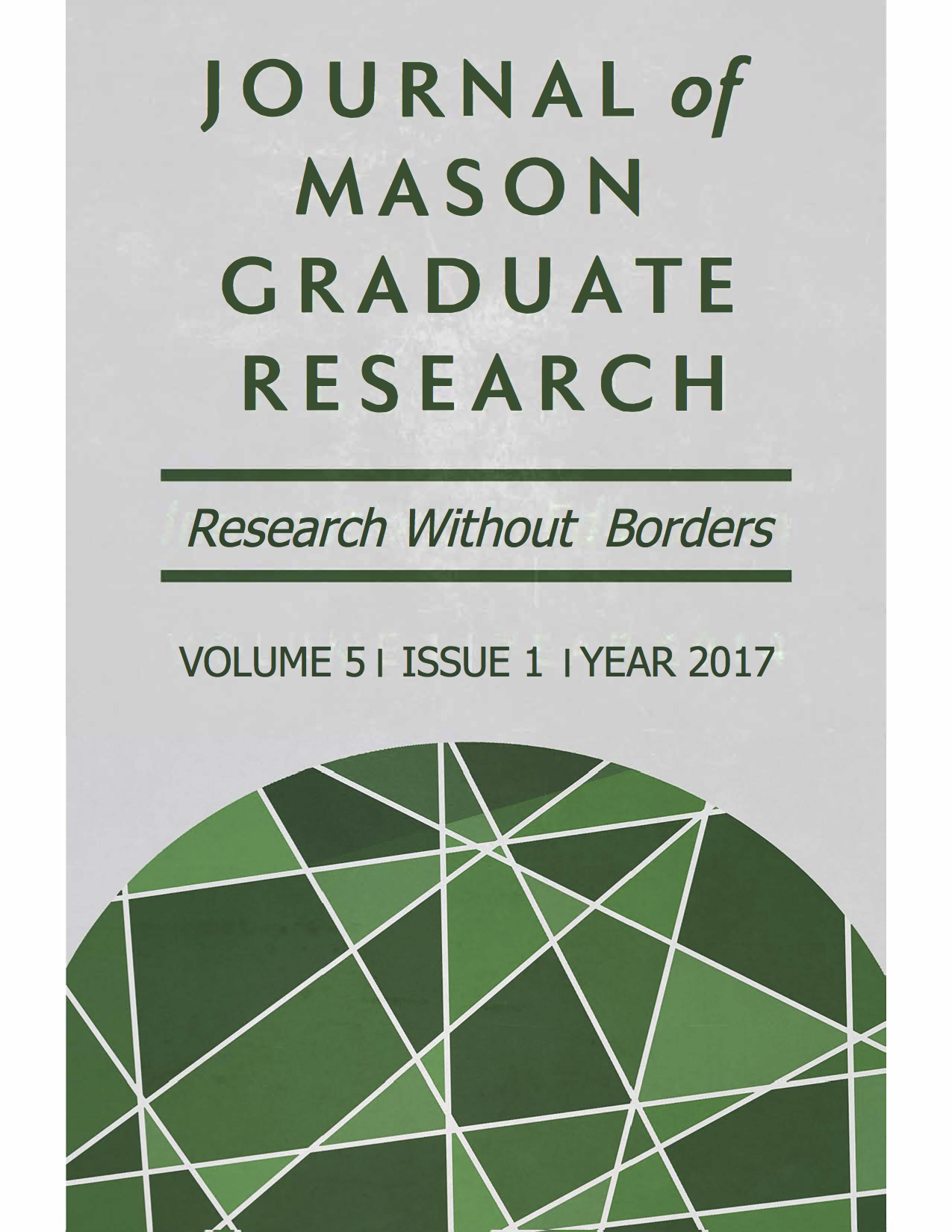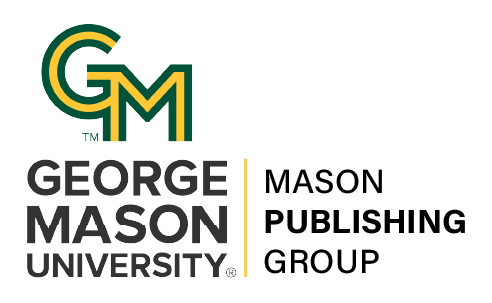Geography of Anonymous Communications: Detecting Online Censorship
DOI:
https://doi.org/10.13021/G8jmgr.v5i1.1782Keywords:
Social Media, Anonymous Communications, Tor Network, Anomaly Detection, CensorshipAbstract
Social media pervades everyday life and can have a critical affect on international issues and events. While the impact of social media is sometimes difficult to quantify (e.g. for revolutionary purposes), it has proven to be a critical tool for information sharing, coordination, planning, or rallying support for protests. The impact of social media censorship can have widespread affect. The goal of this research is to detect censorship of social media and other types of online content. The approach is to use complementary evidence of censorship events by means of connections to anonymous networks and social media activity. While there are different methods to actively and passively measure censorship, this research uses client usage patterns of anonymous communications and activity monitoring of social media as proxy variables to detect censorship. The initial results are compelling and demonstrate useful insights that warrant further research.
The Tor Project is the most mature and largest deployed anonymous communication system that conceals the user's location and identity, and can be used to circumvent censorship. This paper presents methods to use Tor and Twitter'¢s usage patterns to detect country-level anomalous behavior and identify similar patterns across multiple countries. Content from Twitter can also help assess potential censorship events and help explain detected anomalies. Correlating activities across both platforms provide unique insights into specific types of activities including political or censorship events.



